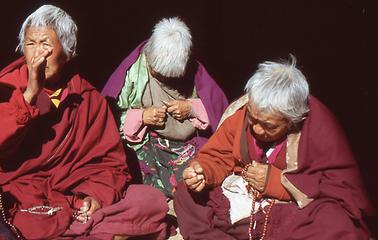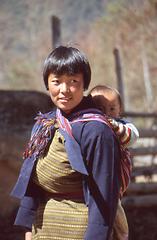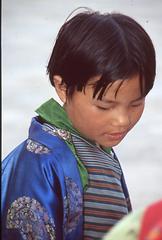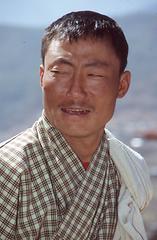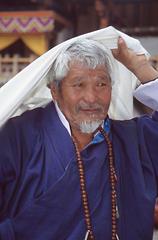One country - one dresscode#
Bhutan resists the uniformity of fashion in the world #
byAll photos were taken by the Author in 2004 and 2005 and are part of his archice "Pictureflood Jontes"
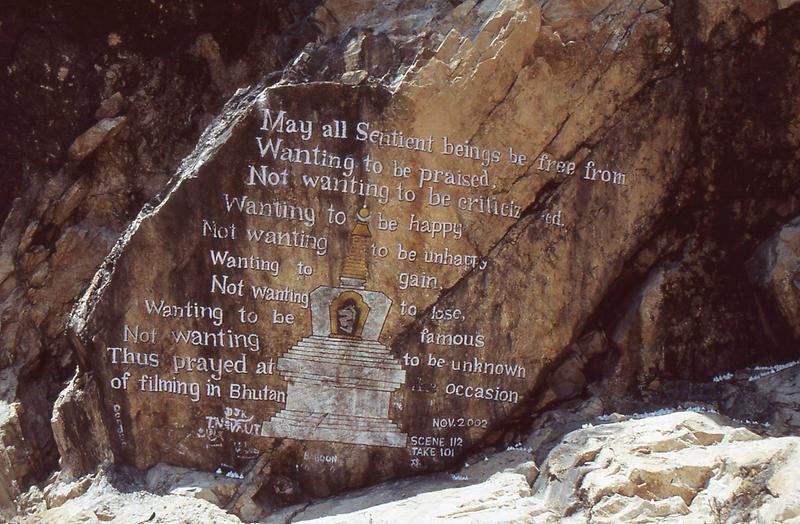
In 1979, an Indian journalist asked the Bhutanese King Jigme Singye Wangchuk for the national gross product that enables comparisons of the prosperity of countries. The King replied that this was not sufficient for his country. He spoke of a gross national happiness product. To determine this is an attempt to define a holistic frame in a psychological and ethic manner that goes far beyond figures such as national gross income.
This way of thinking of the government of a constitutional monarchy distinguishes the country, this last of all Himalayan kingdoms, above all other countries of the world.
The king still holds such a great authority from the period before the constitution that his dispositions are still generally obeyed today. These are not few and quite far reaching. Among other issues, he emphasizes the Buddhist Tibetan style of the versions Drugpa-Kagyü and Nyingma, i.e. pre-reformation currents.
Bhutan is the only country that has this northern Buddhist version as state religion. Therefore the monasteries are very influential.
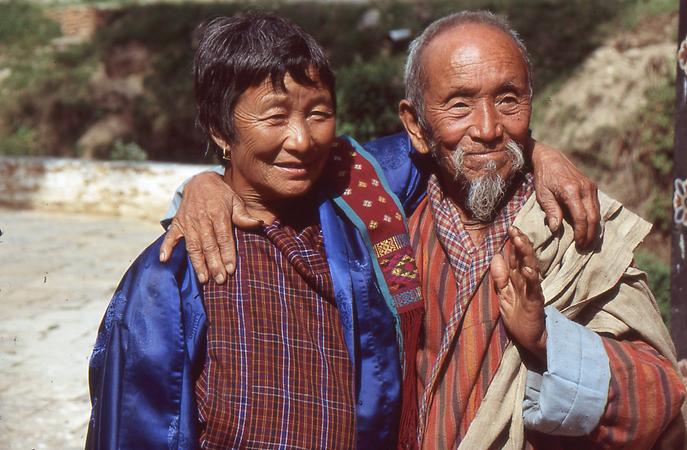

The cultural ties to the old Tibet are also reflected in the language, the Dzongkha, which is very closely related to the Tibetan and also written in Tibetan script.
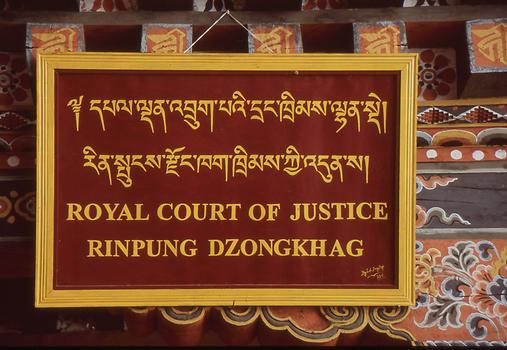
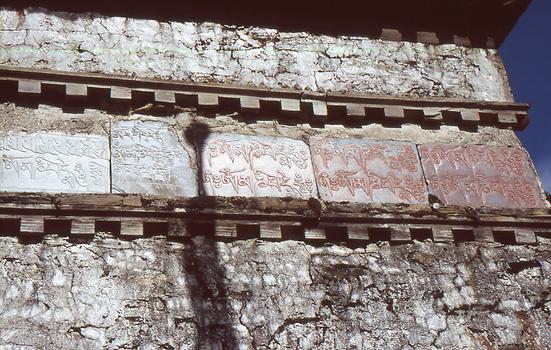
Across the country buildings must be constructed with local materials in traditional forms. All plastic products are prohibited. There is also a general smoking ban. To protect the environment, few foreigners are allowed into the country. Economic aid is rejected, consultants are accepted in a few cases, only. Tourism does not exist. Bhutan can be reached by the own state owned airline or by crossing a few borders. The policy is aimed at the preservation of nature. This makes the country a unique natural paradise. Two thirds of the country are still covered with forests. The zones range from the snow-covered Himalayan peaks over temperate zones down to the virgin forests with a flora and fauna that has not changed. Bhutan supplies half of Asia with fruits, especially apples. Solar and small hydroelectric power plants provide enough electricity that it can be exported to neighbouring countries against good money. Bhutan has learned from mistakes of their neighbours.
Bhutan with its 38.400 km² has approximately the size of Switzerland. But only about 800.000 inhabitants live in this sparsely populated country. Located on sensitive borders with China and Nepal, the country has close ties to India. Bhutan tries to keep a balance on all levels.
Newcomers notice first the uniform clothing of the population, be it urban or rural. The population of Bhutan is also encouraged to wear the national costume. Just modern shoes are tolerated, but already the hairstyle follows a standard scheme.
Clothing is connected to the traditional production of textiles. Sheep, goat and yak deliver the best suited materials. The craft of weaving, embroidering and sewing is deeply rooted in the natural culture. Clothing tells also something about the social status of the person. Men wear the gho, which is usually tailored from checkered plain material. It consists of a floor-length jacket part, the length of which is determined by a woven belt (kera). The dress has no pockets, but above the belt there is a bag. When visiting authorities or attending festive events, most men wear a wide white ribbon (kapney). The ribbon is red when people were decorated by the king, red-white respectively blue-white for officials and green for judges. An indication for the social status is also, how high the cuff of the sleeve is turned up. The higher, the higher is the rank of the person.
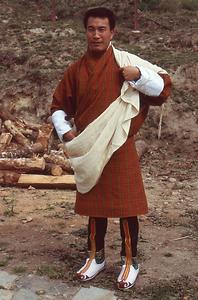
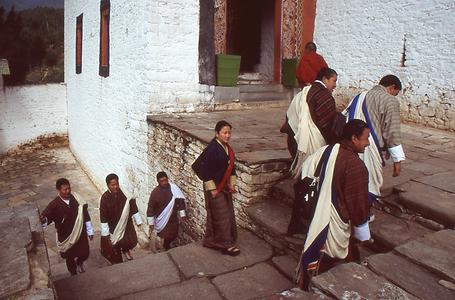
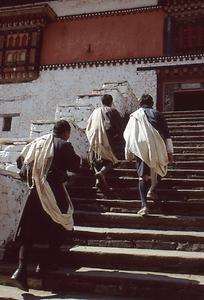

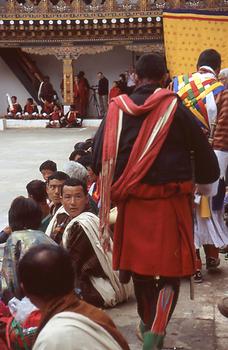
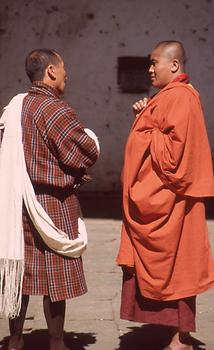
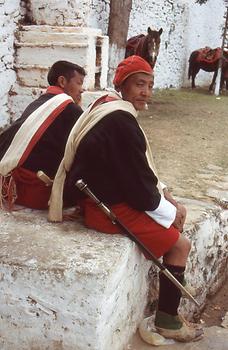

While men wear easily patterned fabrics without ornaments, the gho is the traditional outer garment of the women. There is a wide variety, ranging from black and white to colourful and imaginative patterns.Fine silk fabrics are imported from India or China.
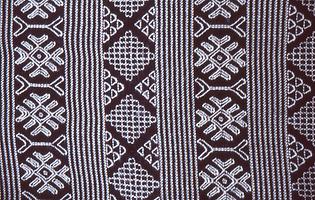


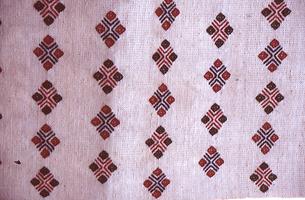

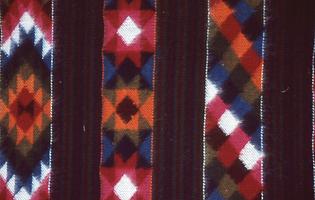
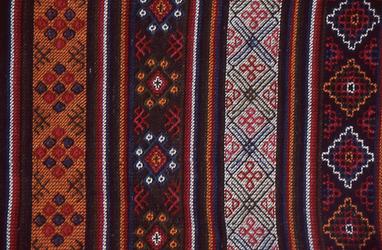

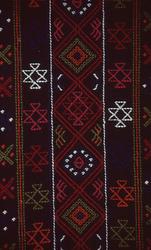
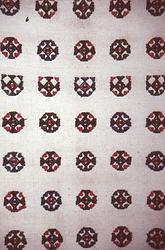
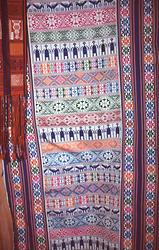

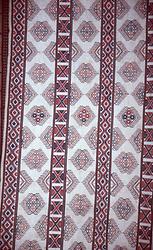
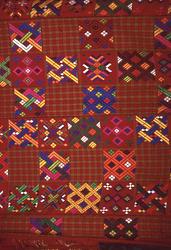
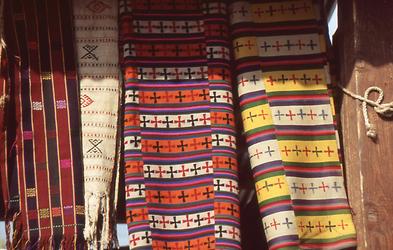
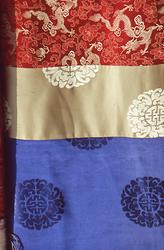
Women wear a kira. Colourfulness and variety show the status of the wearer. The upper garment kira is floor-length. Underneath they wear a long-sleeved blouse (woju) and a hip-length jacket (tego). A woven fabric (kera) is used as belt. Over the shoulder they wear a narrow, often beautifully decorated loop (raju).
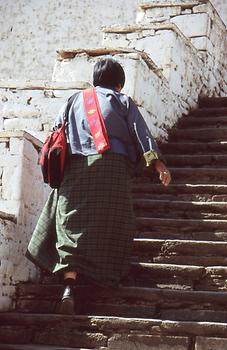
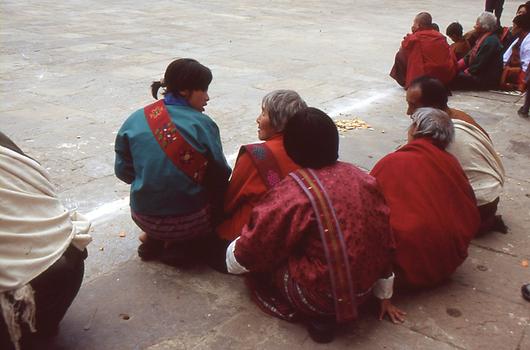
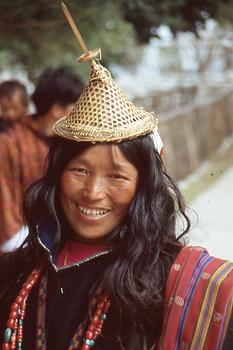
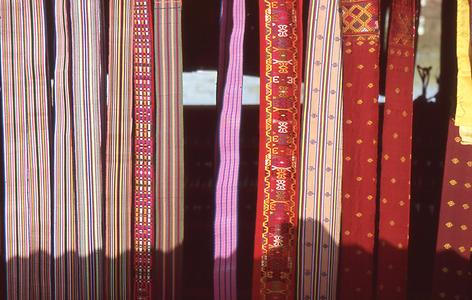
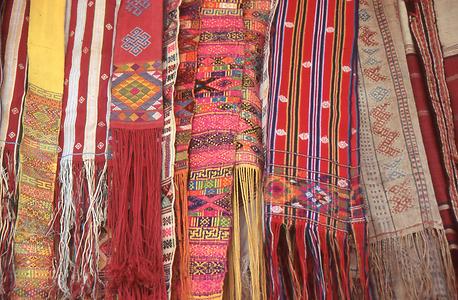
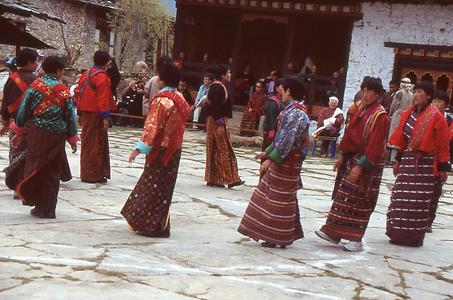
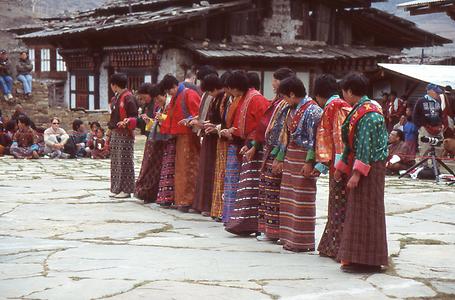
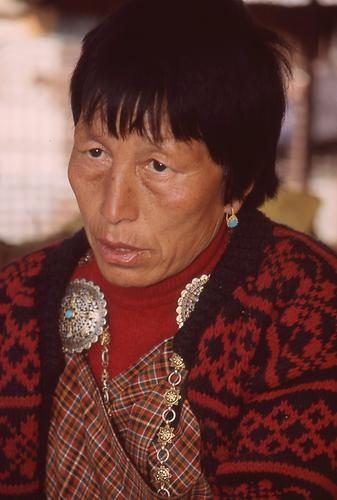
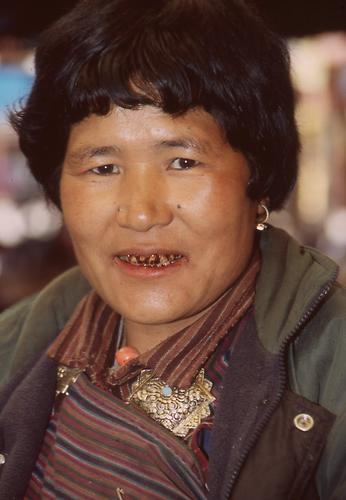
The hairstyle of men and women is the same. There are no individual hairstyles beyond this pageboy haircut. Different hairstyles would go against good manners.
